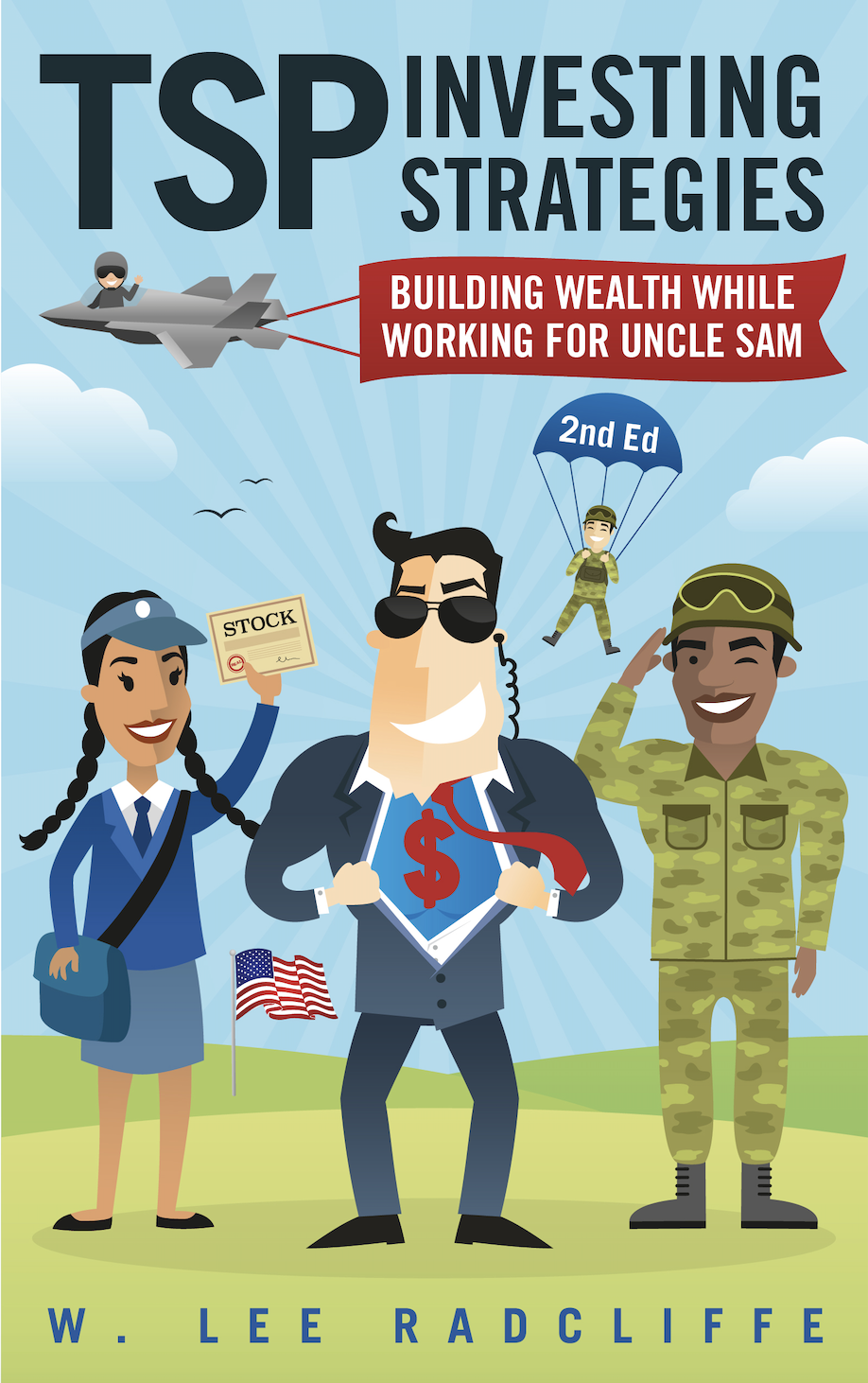The Unintended Consequence of Higher FERS-FRAE Payments
June 24, 2014
Did you experience a 3.6% pay cut this year?
Those who just began their civilian federal government service this year did, probably without even knowing it.
You’ll recall that lawmakers mandated an increase in contribution rates from new employees’ salaries to pay into the FERS retirement system.
The new revised retirement system – “FERS-FRAE” or “[FERS Further Revised Annuity Employee](http://www.opm.gov/retirement-services/publications-forms/benefits-administration-letters/2014/14-102.pdf” – now requires a payment of 4.4% of new employees’ salaries into the system. The 3.6% figure represents the difference between that 4.4% figure and what most FERS employees (up until last year) pay into the system, which is 0.8%. Traditional FERS employees are not required to pay more into the system for their retirements.
Here’s the rub: the rules for FERS and for FERS-RAE and FERS-FRAE should be the same for withdrawals from the system. Employees who leave before retiring have the right to withdraw the portion they paid into the system.
Previously it didn’t make much sense to withdraw that 0.8% paid into the system year after year. Now it definitely makes sense for younger folks especially.
For example, when I was considering paying into FERS for my military service for retirement purposes, I did a range of calculations that included investing that money and withdrawing and investing any amount paid into FERS if I left government service early. Under no scenario would that have produced a good return over the long term. I was better off paying for my military service to get a few extra years of retirement credit.
Now I can’t say that is the case with the much higher FERS-FRAE rate.
Let’s say an employee started at age 21 with a $40,000 salary and paid into the FERS-FRAE system for five years. He now decides to leave government service completely, with an ending salary of $60,000 after promotions etc. etc. Let’s say for ease of calculation that his payments into the FERS-FRAE averaged $2,200 a year, that employee would have paid a total of around $11,000.
Assuming FERS-FRAE employees are able to request a refund of this amount when they leave government service just like traditional FERS employees, it now actually pays to take the refund instead of waiting for the deferred retirement.
That employee would be eligible for a pension on his “high 3,” so averaging out at $55,000. With five years of service, that would be 5%. So s/he would receive a grand total of $2,750 a year from the age of 62, or a reduced amount from the ages of 58-61.
But if this employee took that $11,000 and invested it into a stock index fund averaging 8% a year, after 37 years, that $11,000 would have grown to over $189,000. The dividend payments alone from that stock fund would be greater than this individual’s pension would have been. Let’s say the dividend payout is 2.5%, which would come out to $4,725 a year. And since dividends generally rise year after year, there would be a built-in Cost of Living Adjustment (COLA). All for just taking the refund and investing it.
And if the fund grew just 2% more on average per year (or annual returns averaging 10% – certainly not impossible over the very long term), that $11,000 would grow to $374,000. A 2.5% dividend from that fund would total $9,350 a year, or almost the original amount from the refund.
In fact, the break-even point when considering just the dividend payment (that is, the dividend payment equals the deferred retirement benefit) is after 30 years with an 8% return, and 25 years with a 10% return. So even a 35-year-old could be better off by taking the refund under the new system, depending on how markets performed over the next quarter-century.
Also, those funds are always available so the individual who left government service early can tap them for other needs (under the rules that govern retirement accounts, of course), or can leave them invested for even greater growth, or even leave it to his heirs or favorite charities upon his passing. There’s a lot of flexibility in this type of arrangement.
At a certain point, it does become a wash – after say 12 years of service or so, and depending on when that individual left government service, it might be better to just take the deferred retirement benefit. (Based on a simple back-of-the-envelope calculation.) And I’m sure some would advise “diversifying” one’s “retirement” benefits, keeping some in retirement accounts while maintaining a basic pension. But it is nice to watch a tidy sum grow over time, despite the hiccups in value that might entail.
And let’s face it, it seems that not as many are choosing to pursue federal government careers traditionally through to retirement age as perhaps they once were.
The critical thing for FERS participants is that now it makes financial sense for new workers (FRAE especially) to take a refund of their retirement payments into FERS if they leave government service early. Since new employees now pay much more into the system, they can withdraw a lot more as part of a refund in leaving government service early. This could place greater strain on the system in the future depending on how many leave government service before their career is up — and take their retirement funds with them.
Related topics: long-term-investing